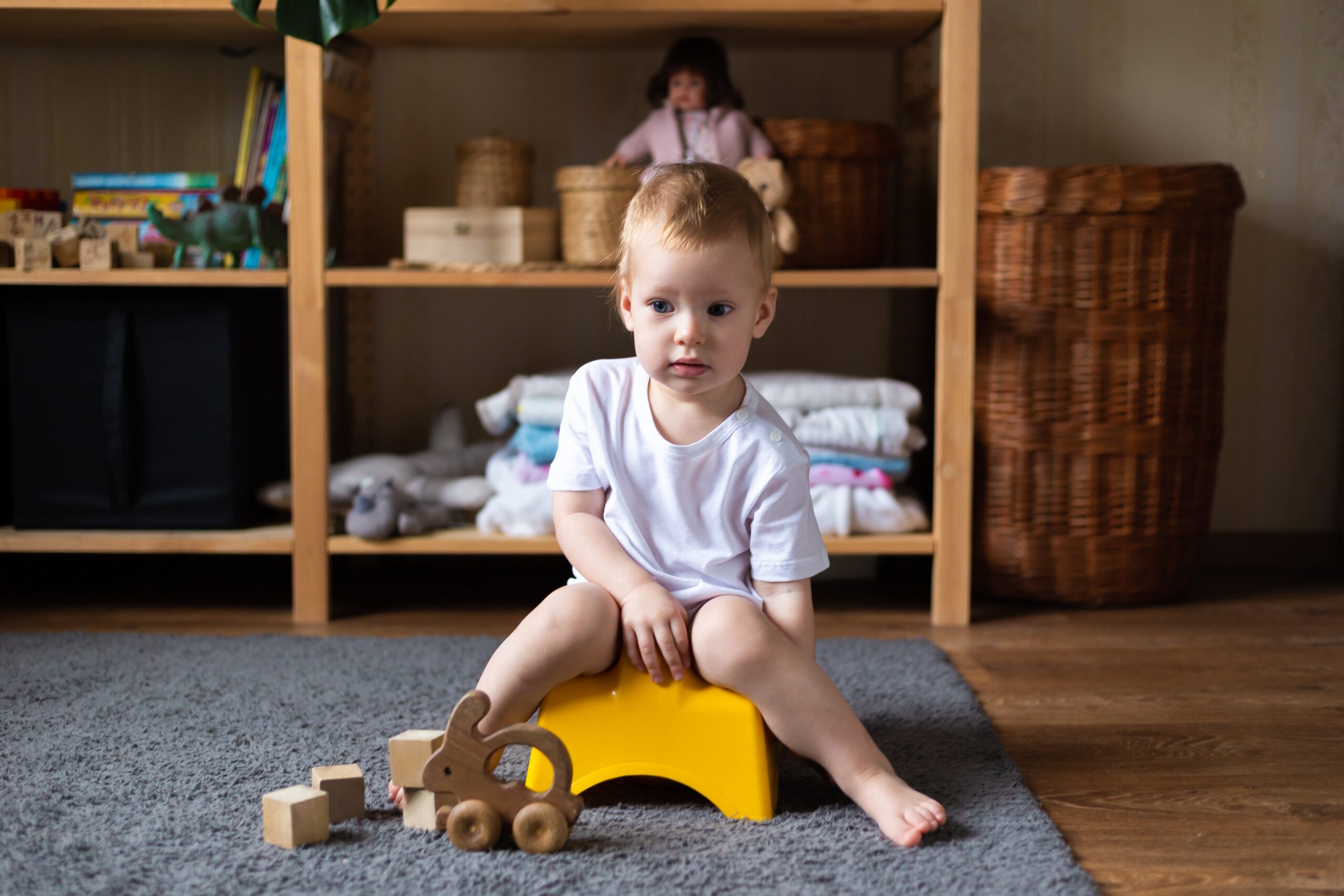How to Support an Autistic Child in Public
Public settings can be overwhelming for children with Autism Spectrum Disorder (ASD) due to challenges in social interaction and sensory sensitivities. This can lead to problem behaviors such as screaming, crying, bolting, and flopping. However, there are strategies you can use to create a more supportive and less stressful environment for your child.
How to Support an Autistic Child in Public
Public settings can be overwhelming for children with Autism Spectrum Disorder (ASD) due to challenges in social interaction and sensory sensitivities. This can lead to problem behaviors such as screaming, crying, bolting, and flopping. However, there are strategies you can use to create a more supportive and less stressful environment for your child. In this article, we will explore some effective approaches to supporting an autistic child in public.
Understand your child’s triggers
Identifying the specific triggers that cause stress and anxiety for your child is crucial. These triggers can be sensory (e.g., loud noises, bright lights, crowded spaces) or social (e.g., unfamiliar people, changes in routine). By understanding these triggers, you can take proactive steps to avoid or minimize exposure to them. For example, if loud noises distress your child, consider offering them a set of headphones to reduce the intensity and associated behaviors. If changes in routine are stressors, use visual schedules and social stories to prepare your child for upcoming events.
Develop a visual schedule
Visual schedules are invaluable tools for children with ASD. They provide predictability and help children understand what to expect in their environment. Create a visual schedule using pictures, symbols, or written words to outline the sequence of activities or events. This can reduce anxiety and provide a sense of structure and routine, helping manage behaviors such as bolting, flopping, and crying in public.
Use social stories
Social stories are personalized narratives that describe social situations, events, or behaviors. They can help children with ASD understand what is expected of them and how they should respond in specific situations. Create social stories that address challenging situations your child may encounter in public, such as going to the supermarket, restaurant, or visiting a busy park. These stories can provide guidance and alleviate anxiety.
Provide sensory support
Sensory overload can be overwhelming for children with ASD. Identify the sensory stimuli that bother your child and provide appropriate support. This can include noise-canceling headphones, sunglasses, fidget toys, or weighted vests. These tools can help your child regulate their sensory experiences and reduce anxiety in public settings.
Teach coping strategies
Develop coping strategies to manage anxiety and stress for an autistic child in public. Deep breathing exercises, self-calming techniques, or sensory-based activities like squeezing a stress ball or engaging in rhythmic movements can be beneficial. Practice these strategies with your child regularly so they can apply them in stressful situations.
Plan for breaks and downtime
Being with an autistic child in public settings can be overwhelming, so it’s essential to ensure your kid has regular breaks and downtime to recharge. Identify quiet spaces or safe areas where your child can retreat if they become overwhelmed. These breaks can help reduce anxiety and prevent meltdowns. Bathrooms are often a retreat space for children with ASD in public places, such as restaurants or shopping centers.
Educate and raise awareness
Educate those around you about ASD and your child’s specific needs. This includes family members, friends, teachers, and members of the public. Promote understanding and acceptance to create a more supportive and inclusive environment for your child.
It’s important to note that managing and supporting an autistic child in public settings is an ongoing process. Be patient with yourself and your child, celebrate small victories, and adapt your strategies as needed. Remember, every child is unique, and what works for one may not work for another. By understanding your child’s individual needs and implementing these strategies, you can help create a more positive and accommodating experience for your autistic child in public.
Also read: 6 Strategies to Manage Sleep Difficulties in Autistic Children
About Olga Sirbu
My name is Olga Sirbu, I am a Board Certified Behavior Analyst (BCBA) and Licensed Applied Behavioral Analyst. My goal is to support and empower families and individuals on the autism spectrum.
Autism Advance is dedicated to training parents and caregivers, providing practical tips, and teaching individuals how to educate kids with autism.
I share evidence-based practices to help you better understand and support individuals with autism. Learn practical strategies to help individuals with autism reach their full potential, as well as gain a deeper understanding and acceptance of autism.
Thank you for considering Autism Advance as a resource for your autism journey.








